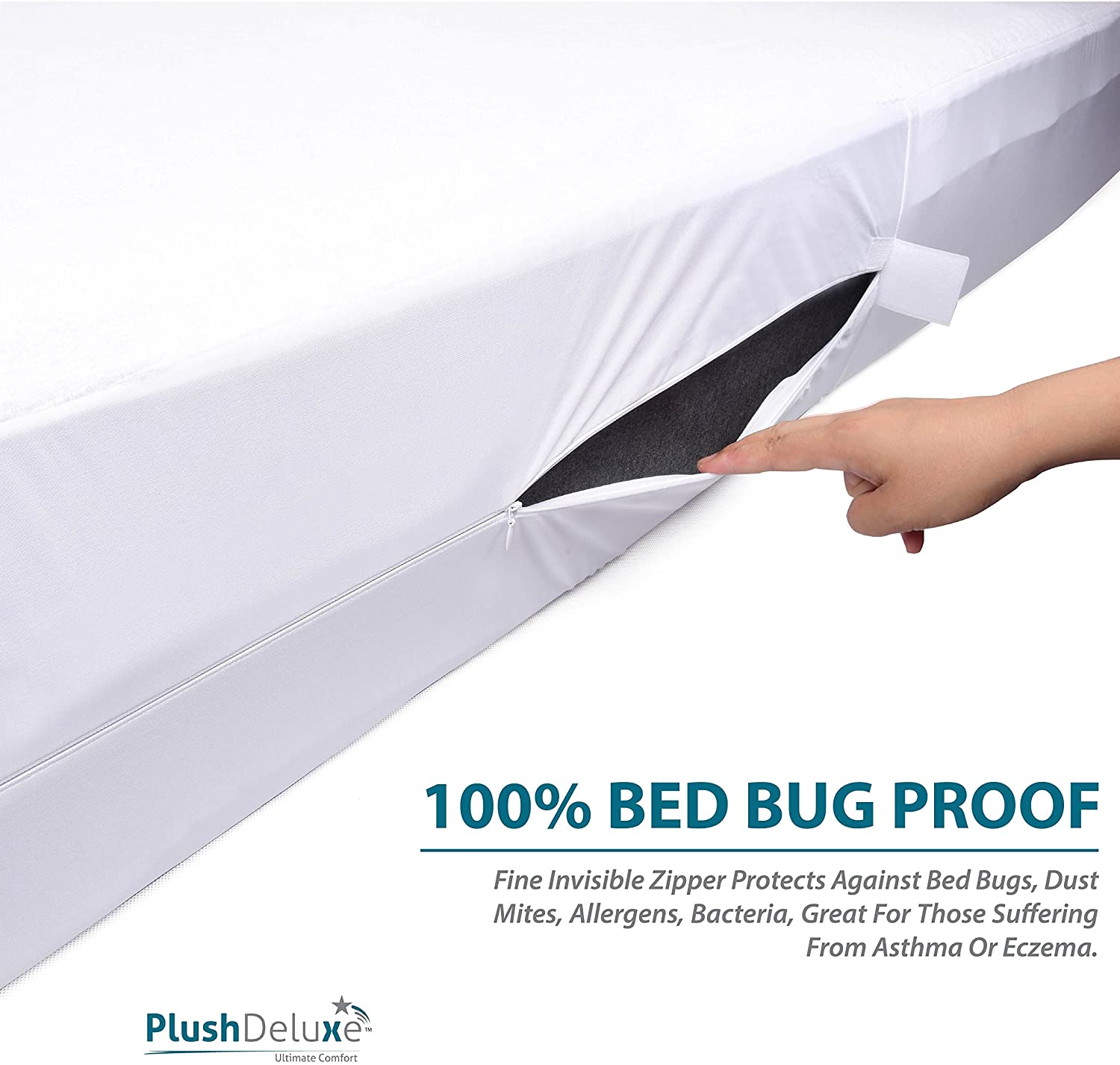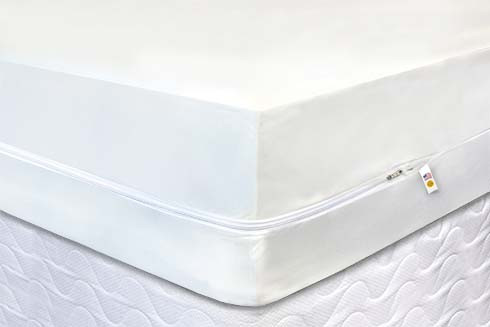The Life Process of Bed Bugs: Understanding Their Actions for Effective Control
The Life Process of Bed Bugs: Understanding Their Actions for Effective Control
Blog Article
Bid Farewell to Bed Bugs: Proven Methods for a Pest-Free Bed Room
The persistent concern of bed pests positions substantial difficulties for many homes, necessitating a thorough understanding of efficient administration techniques. Determining the signs of a problem is important for prompt treatment, while safety nets can secure your home from future occurrences. By examining various therapy alternatives, from chemical services to all-natural alternatives, one can determine the most appropriate strategy for their unique scenario. The journey doesn't finish with obliteration; keeping a pest-free setting calls for continuous persistance. What are one of the most reliable lasting techniques to guarantee these unwelcome visitors do not return?
Understanding Bed Pests
Recognizing bed pests is critical for effective prevention and control. These little, wingless insects, clinically understood as Cimex lectularius, are infamous for their ability to infest human homes. Grownups usually determine about 4 to 5 millimeters in size and have a reddish-brown coloration, making them difficult to identify versus numerous surface areas. Bed insects mainly prey on human blood, normally in the evening, leading to discomfort and potential allergies in their hosts.
The life process of bed insects includes several stages: fairy, egg, and grownup. Females can lay up to 5 eggs each day, resulting in rapid population development if not addressed promptly. Bed insects are durable pests that can survive for months without feeding, permitting them to sustain undesirable problems. Their key mode of transportation is lock on to garments or baggage, which makes them a common problem in hotels and public transport.
Reliable prevention entails recognizing their environments and behaviors. Normal inspections of resting areas, decreasing clutter, and making use of protective encasements for mattresses are necessary techniques. By thoroughly recognizing bed insects, people can execute positive steps to minimize the risk of problem before it comes to be a significant worry.
Indications of Invasion
Identifying the indicators of bed insect invasion is important for prompt activity to avoid additional spread. Bed bugs, evasive and nighttime, often leave indications that can be quickly neglected. One of the most usual indications is the presence of tiny, rusty-red spots on bed linen or furniture, which are the result of crushed insects.

In much more serious instances, an unpleasant, mildewy odor may rise from heavily ravaged areas, brought on by scents released by the bugs. Pay very close attention to seams, folds up, and crevices of bed mattress and furnishings, where bed bugs commonly conceal during the day. By being alert and identifying these indications early, you can take the required steps to deal with the infestation efficiently.
Prevention Strategies
To efficiently stop bed pest problems, it is necessary to execute a mix of aggressive methods and alert techniques. Check hotel rooms and other lodgings for signs of bed pests, such as dark spots on sheets or bed structures.

Be careful when acquiring used furnishings. Always examine items extensively prior to bringing them right into your home. Additionally, developing a clutter-free environment can minimize concealing places for these pests. Lastly, preserving open communication with neighbors regarding bed pest concerns can foster area awareness and positive prevention strategies, additionally safeguarding your home from invasions.
Reliable Therapy Approaches
Despite diligent prevention efforts, bed insect problems can still happen, requiring reliable therapy methods to get rid of these parasites. One of one of the most trusted methods is using heat therapy. By elevating the temperature level of plagued areas to a minimum of 120 ° F(49 ° C) for numerous hours, all life phases of bed pests, including eggs, can be removed. This approach is both eco-friendly my site and detailed.
Chemical treatments are also efficient, specifically when used along with heat. Insecticides particularly developed for bed pests can be put on fractures, gaps, and other concealing places. It is crucial to adhere to label instructions thoroughly and take into consideration speaking with a certified pest control specialist to guarantee safety and security and effectiveness.
Another promising method is the use of diatomaceous earth, a natural powder that dries out and kills bed pests upon call (bed bugs). This treatment can be sprinkled in areas where bed pests are suspected
Long-Term Maintenance Tips

Additionally, practice good hygiene by washing bed linen and linens weekly in hot water and drying them on high warm. Vacuuming your home frequently, particularly in rooms and typical areas, will certainly help get rid of any kind of stray insects and eggs. bed bugs. Take notice of cracks and crevices, sealing them with caulk to remove potential hiding areas
Beware when bringing pre-owned items right into your home; constantly inspect and clean them extensively. Consider using bed pest checks to discover very early indications of infestation. Establishing a routine for examination and upkeep will substantially reduce the chance of bed pest reoccurrence, guaranteeing your room stays a secure and comfy area without these insects.
Verdict
In conclusion, effective monitoring of bed insects calls for a detailed approach that integrates avoidance, detection, and treatment strategies. Embracing these methods cultivates a tranquil resting environment cost-free from the disruptions of bed insects.
Examine resort areas and other holiday accommodations for indicators of bed pests, such as dark places on sheets or bed structures. Preserving open interaction with neighbors about bed insect worries can promote community recognition and positive prevention techniques, even more safeguarding your home from problems.
Also with thorough prevention efforts, bed pest problems can still happen, necessitating effective treatment techniques to remove these bugs (bed bugs). To make certain long-lasting success in protecting against infestations, start by regularly evaluating your home, particularly in locations where bed insects generally conceal, such as cushions, bed frameworks, and furniture seams. Take into consideration making use of bed insect keeps an eye on to discover early signs of problem
Report this page